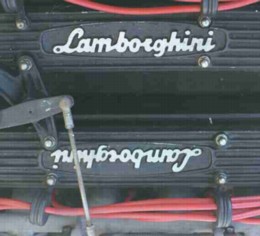
It will long be debated amongst car enthusiasts if the attraction and success of the Miura was based on its swoopy styling or its engine. When introduced in 1966 a V12 engine was truely exotic, as only one other manufacturer - Ferrari - had one in their catalog. Later Jaguar, Mercedes and BMW joined the club, but in the '60s, V12 membership was still quite exclusive.
The Miura engine was designed by Giotto Bizzarrini. Giotto had an impressive resume, having worked for Alfa Romeo and Ferrari. While at Ferrari he worked on the development of the famous 250 GTO. He designed the engine anticipating its use as a Formula One racing engine, which is where his intentions and ambitions were rooted. It first saw duty in the Lamborghini 350 GT, then as a 3.5 liter engine. Although he designed the engine, Bizzarrini had little to do with its Miura implementation as by the time it was conceived he had gone on to other automotive racing endeavors.
|
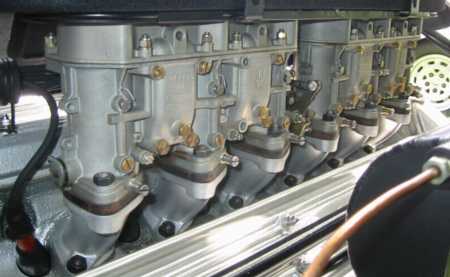
|
|
The Miura fuel delivery was via four triple choke Weber 40 IDL3C carburetors.
|
|
|
|
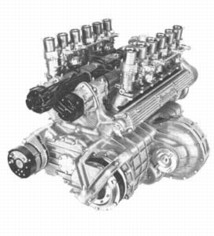
|
The Miura engine and transmission was cast as one piece; they cannot be seperated. This was a incredibly ingenious packaging and engineering feat and is one of the many reasons the car is so well noted. In the tradition of the best automotive engines, it both looked and worked good.
|
|
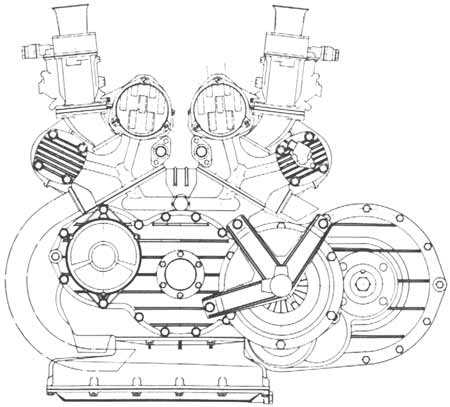

|
Sketch of the Miura engine. In this case the view, if the engine was installed, is from the left side of the car, with the left of the drawing to the front of the car while the right of the sketch is the rear. Miuras equipped with air conditioning had one distributor. Pass your mouse over the drawing to learn the locations of the major components.
|
|
|
The most controversial part of the design of the Miura drivetrain is its lubrication system. Both the transmission and the engine shared the same oil. This is a concern as it is easy to chip a gear or lose a portion of a synchronizer (during a missed shift, for example); should this errant metal item find its way into the engine internals, a major rebuild could be the result. Another danger involves an intermediate gear that coupled the starter motor. The factory installed a non-hardened part and the gear could shed pieces of itself that could find their way to the engine internals. Hardened gears are available as replacements. Towards the end of it's production life about half of the SV models were built with a split sump, meaning that the engine and transmission did not share a common lubricant, eliminating the problem. This is a desirable feature and a fair number of Miuras have had the "split sump treatment" modification, usually at considerable expense. Owners of common sump Miuras cope with the situation by changing the oil often.
|
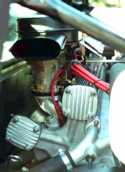
|
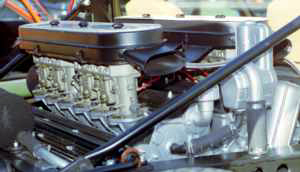
|
|
Above Left: The two front camshafts. Most reports indicate that engine access for servicing or maintenance is reasonable. Above Right: Miura engine as seen from the right side of the car. Below Left: Clutch housing. The engine in the Miura is a tight fit and removal and installation requires its removal. Below Right: Air Conditioning compressor.
|
|
|
|
Rebuild on a Miura engine starts at about $20,000; this can escalate to $35,000 if the job is extensive or exotic machining work is ordered. The original design called for a life of about 45,000 miles between rebuilds.
Note: Clicking on any photo will enable you to view a larger image.
(A new window will be opened in your browser)
|

Suggestions? Comments? Tell us!!!
|

|
|
